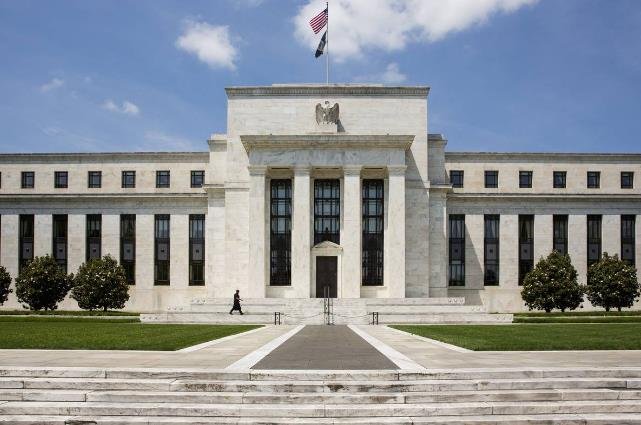The US Federal Reserve’s plan to keep interest rates high to curb inflation has rattled Wall Street, which fears a slowdown in economic growth and a possible market correction.
The latest data from the Bureau of Labor Statistics showed that the so-called core consumer price index, which excludes food and energy costs, increased 0.3% in September, while the overall CPI climbed 0.4%, boosted by energy costs. These figures indicate that inflation is still running above the Fed’s 2% target, despite some signs of moderation in recent months.

Some economists argue that the inflation surge is transitory, driven by supply chain disruptions and pent-up demand from the pandemic. They expect inflation to ease as these factors fade and the labor market improves. However, others warn that inflation could persist or even worsen, as wage pressures, housing costs, and global commodity prices remain elevated.
Fed Signals More Rate Hikes
The Fed has already raised its benchmark interest rate twice this year, from 0.25% to 0.75%, and signaled that it could hike two more times before the end of 2023. The central bank has also announced that it will start tapering its monthly bond purchases, which have been supporting the economy and the financial markets since the onset of the pandemic.
The Fed’s hawkish stance reflects its confidence in the strength of the US economy, which added 517,000 new jobs in January, beating expectations and pushing the unemployment rate to a 53-year-low of 3.5%. President Joe Biden hailed the jobs report as a sign of his administration’s success in managing the recovery and advancing his agenda.
However, some Wall Street analysts are skeptical about the Fed’s ability to engineer a soft landing, without triggering a recession or a market crash. They point to the risks of higher interest rates on corporate profits, consumer spending, and asset valuations. They also cite the uncertainties surrounding the global outlook, especially amid the ongoing tensions between the US and China, the world’s two largest economies.
Investors Brace for Volatility
The stock market has been volatile in recent weeks, as investors weigh the prospects of higher interest rates against the robust earnings reports from corporate America. The S&P 500 index has gained about 6% this year, but has also experienced several sharp drops and rebounds.
Some investors are betting that interest rates have peaked and that the Fed will soon pause or reverse its tightening cycle, as inflation cools down and growth slows down. They are buying Treasury bonds and other safe-haven assets, hoping for a rally in bond prices and a decline in yields.
Others are preparing for more turbulence ahead, as interest rates continue to rise and inflation remains elevated. They are reducing their exposure to risky assets, such as stocks and commodities, and diversifying their portfolios with alternative investments, such as cryptocurrencies and gold.
The outcome of this tug-of-war between the Fed and Wall Street will have major implications for the US economy and the global financial system in the coming months.
